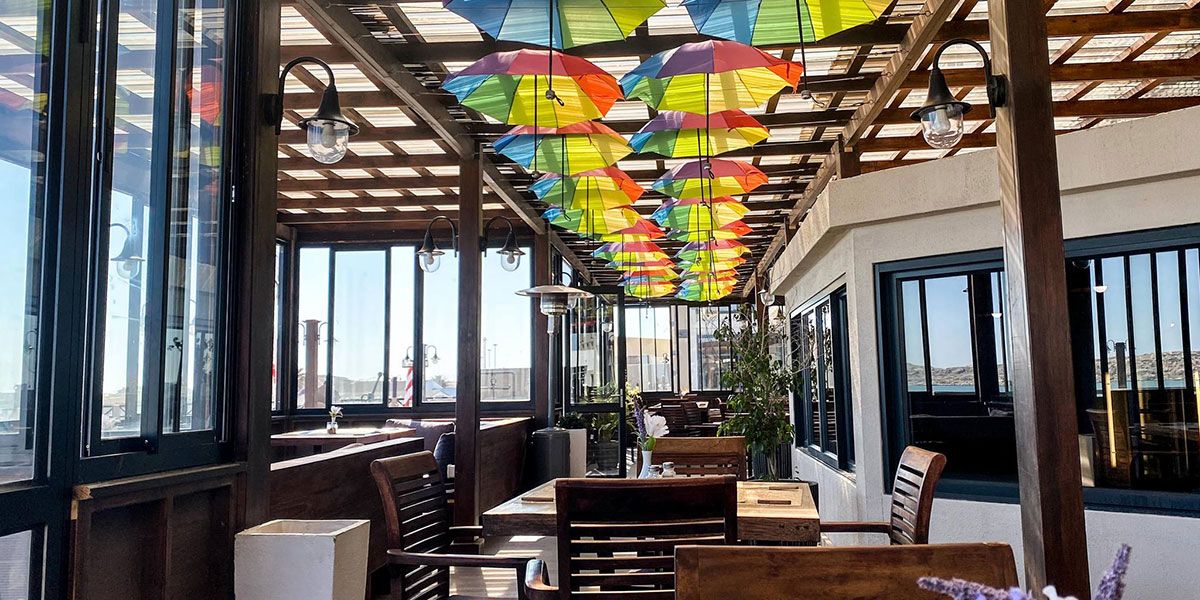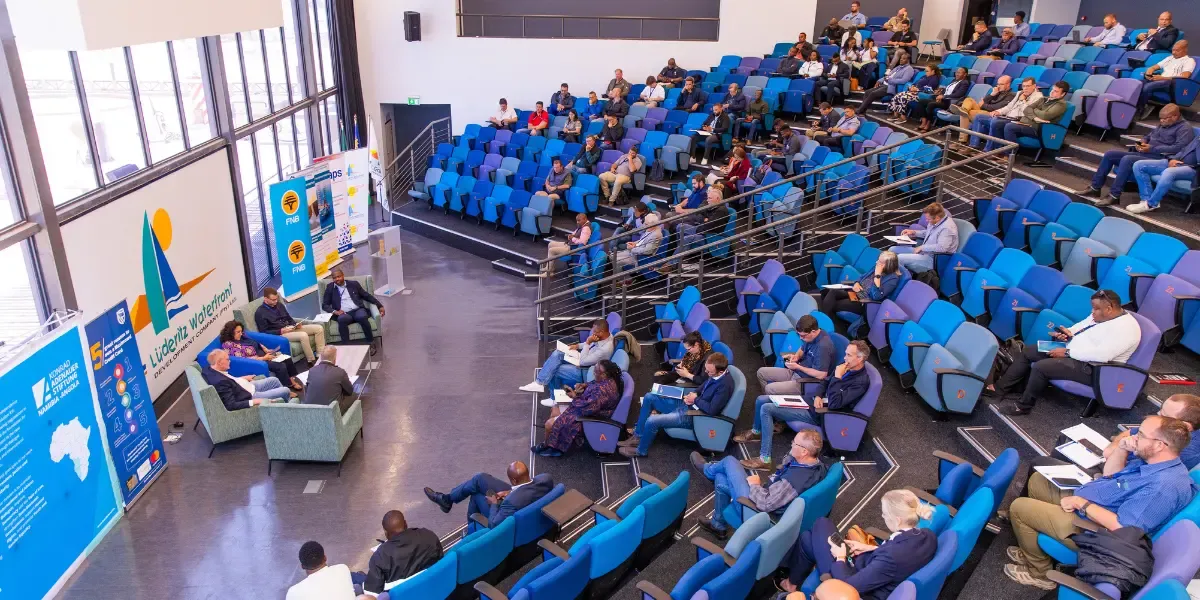
Background on the Lüderitz economic and development challenges at Namibia’s independence in 1990.
With the dawn of Namibia’s independence in 1990, the harbour town of Lüderitz was mostly viewed in the negative context, as having been associated with ghost town syndrome, being too far to reach, and windy sleepy town , and its coastal status was brought into question as it has never been prominent like other flourishing Namibian coastal towns.
And that nothing productive was happening in the town of Lüderitz and therefore pointless to visit such a town with limited economic activities.
During pre-independence era, the town of Lüderitz had suffered years of abandonment economically. Therefore, the driving force that has given rise to the establishment of LWDC, and its “miracle journey” that has followed afterwards can be traced in the status of the harbour town of Lüderitz during early years of Namibia ’s independence.
The new Namibian Government had control over the harbour town of Lüderitz only, unfortunately the town was in a very poor state of its economic development.
Put differently, the compelling reason that has given rise to the LWDC is inseparably linked to the economic conditions of the harbour town of Lüderitz that prevailed at independence. At independence, the poor economic challenges of the town caused chain re-actions in the sense that major companies operating in Lüderitz could not easily attract and retain specialized skills in the absence of key amenities in the town of Lüderitz.
Like in any advanced society, key professionals are critical for the reconstruction and pushing ahead development agenda. For many years, the harbour town of Lüderitz lacked development and investment injections. However, attracting and retaining these talents in key disciplines had proven to be challenging in earlier years of independence. When it comes to securing where to locate, workers and professionals; this is more than just a pay and benefits. Professionals, evaluate the quality of life of a community when deciding where to live and work.
Consequently, many Namibians had written off the town of Lüderitz completely of not being able to rise again economically. This unfortunate situation, characterised by economic stagnation had forced many inhabitants to abandon the town, people literally left the area in mass for greener pastures elsewhere as the town faces uncertain future in terms of its socio-economic status.
At the same time, it was not clear when the relatively developed port town of Walvis Bay would be reintegrated into mainland Namibia, to enable the new state of Namibia to do trade on the large scale with the rest of the world.
The Namibian Government under the visionary leadership of President Sam Nujoma took deliberate, but decisive actions and rolled out a variety of development initiatives aimed at spearheading the economic revival agenda of the harbour town of Lüderitz in the //Kharas Region.
It is under these difficult economic circumstances that the idea of Lüderitz Waterfront was born, to play a critical role in terms of facilitating and bringing back Lüderitz to full life economically and to help position the harbour town as a key player in the Namibian economy.
In later years, LWDC continued to play critical and relevant role in shaping the development narratives of the harbour town of Lüderitz, contributing significantly to the economic growth of the area, and that of the //Kharas region.


